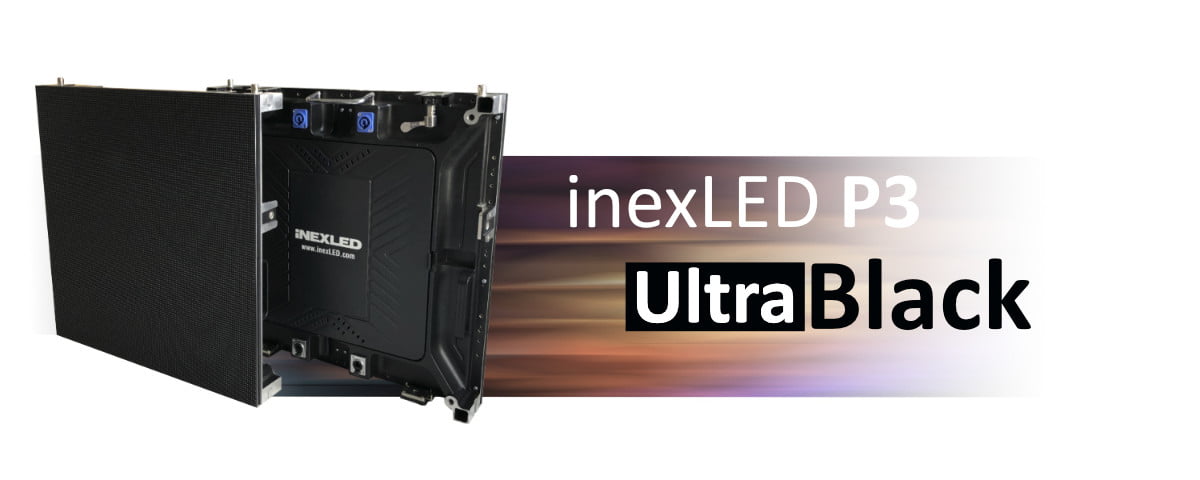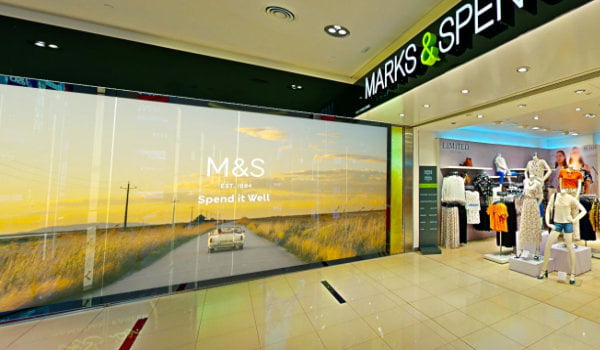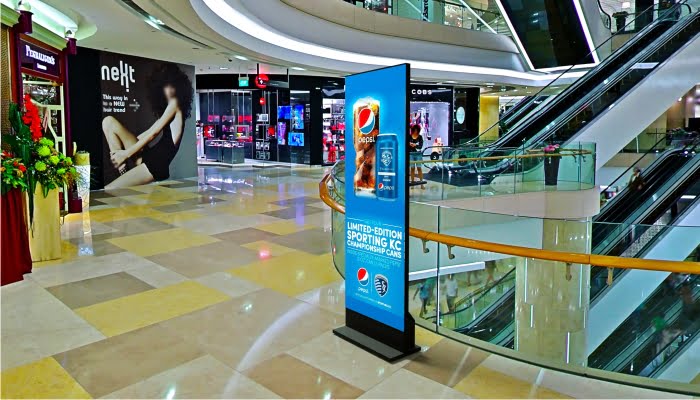inexLED
Indoor displays
The most important distinguishing feature in the case of resolution display is the pixel pitch. This parameter determines the distance (expressed in mm) between the LED display diodes. The lower the value of this parameter, the sharper the display will be on the screen. The greater the density of the image, the portion of the display surface there is more elements behind the image generation.
We create LED display based on the highest quality modules with a pixel from P1 to P4. In most cases, the optimal choice will be a display with a pixel P3, P2.5 or P2, although there will also be installations where P4 modules will prove to be sufficient.
In some cases, especially when we want to offer detail mapping services, e.g. small graphic elements or subtitles, they had to choose modules with less than P2, such as P1.86, P1.66, or even P1.25, it will be much less management.
Another parameter that distinguishes LED display compared to LCD display is their brightness. Depending on the brightness of the display from 600 to 1000 nits, which is a 2-3 better result in relation to the brightness of LCD display.
Therefore, when deciding on an LED display, we can freely define the size of the screen, its proportions, or resolution, as well as the place and method of installation, taking into account the size of a single module.
Full scalability
InexLED-T displays are built on the basis of standardized cabinets and the display size or proportions can be adjusted to the individual customer needs.
Highest quality
InexLED-T displays are produced of the highest quality components to make the displayed images uniform and legible; our displays do not cause eye fatigue due to the high refresh rates and guarantee perfect image rendition.
Ease of service
The modular design of the LED display allows, in the event of a failure, to replace only a small fragment (module), which in the case of LCD display involves the replacement of the entire matrix.
Large format LED displays
These displays are dedicated to displaying informational and advertising content or simply to diversify and make the interior more attractive. Like any LED display, we can make it in any size and proportion.
Indoor displays are produced on the basis of modules with a pixel starting from P1 to P3.
LED totems
InexLED totems are a relatively new category of products based on LED technology. You can find here both finished and made-to-order products. Among the products in this category, the most popular are posters based on modules with the P2, P2.5 and P3 pixels.

Pixel unequal to pixel …
Having a basic knowledge of how LED displays are built, the question arises as to what pixel pitch my display should have and what size it should be. While we can easily estimate the size issue, we know where we want to install our display and how much space we have for it. The question of choosing the correct module resolution can cause more problems.
What are we going to display using our screen?
This is one of the most important questions that we must answer. The type of displayed content is very important in this case. If the main content displayed by our screen will be graphics or video files (without fine details) or subtitles, and the display will have, for example, 3x2m, it would be pointless to use modules with a pixel smaller than P2. Of course, you can also use modules with higher density, but it will be an economically unprofitable solution.
How far from the display will my audience be?
Another important question is how far we will be looking at the display. It has been assumed that the pixel pitch indicates the optimal distance from the display, expressed in meters. To illustrate: for the display P2 it will be 2 m, and for the display P3 the best distance will be 3 m. In most cases this estimate is correct, however, it should be remembered that sometimes using a pixel that is too large can spoil the final result, even if the display is talking about distance greater than the dedicated for a given type of module.
For this reason, it is necessary to analyze the conditions of a given project each time to get the best effect without incurring unnecessary expenses. Sometimes it is worth choosing a slightly better pixel pitch than it results from the estimated distance of looking at the display. When we realize that the P3 display of the same size has almost twice as many pixels as the P4 display, we can imagine how much better quality our display will be if we choose the P3 module. Even though we will be looking at the display from a distance of up to 5 or more meters.
Refresh rate
A very important, although often completely neglected parameter is the image refresh rate. This parameter determines how often the image displayed on the screen is refreshed. The higher the value, the less the image strains the eyes of the person watching the broadcast. The parameter that guarantees optimal reception of content is a frequency of not less than 1920 Hz. Therefore, remember to also take this parameter into account.
Control – synchronous or asynchronous?
Once we have determined the size of the display, the distance at which the image will be viewed most of the time, and the preferred pixel pitch, all that remains is to choose the control system. This is basically a formality, but also quite an important issue. There are three possible variants: synchronous, asynchronous and hybrid.
The synchronous mode is the operating mode in which we display the image „live”, ie from a specific source, such as a computer, player or camera.
Asynchronous mode is displaying content in automatic mode, i.e. we create the so-called playlist and we send all the content to the built-in player display, which in turn displays the content according to the schedule we set.
The hybrid mode combines both modes described above in one device and, depending on the needs, works in synchronous or asynchronous mode.
Installation method
The last element on which we have to make a decision is how the display will be constructed, or rather how it is serviced. The most common method of installing LED modules is mounting on magnetic holders. This solution ensures convenience and easy access to all components. This method is used both in the case of servicing the display from the front as well as from the back of the display.
We use magnetic holders for both ready-made and custom (individual) housings.


